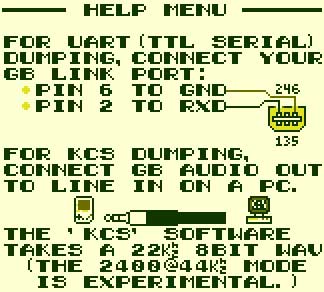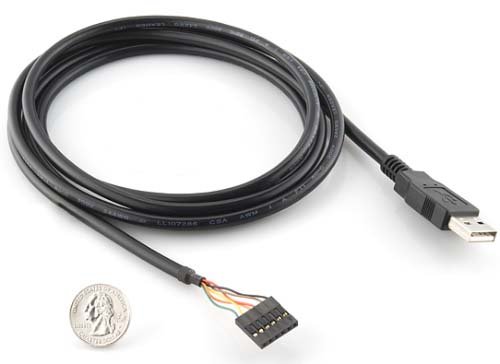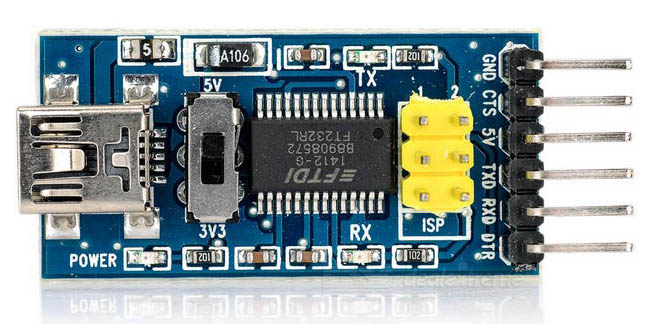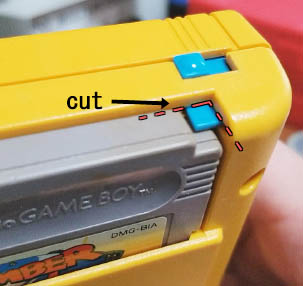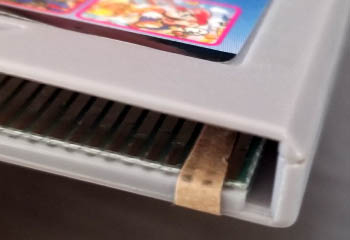Record the audio on your
computer at 22050 Hz or higher, and be sure to save it in a lossless
format, such as WAV or AIFF. (Lossy formats such as MP3 and others
apparently introduce too many overtones and distortion in the signal
to be useful for anything over 300 bps.) You can then use software
to decode the audio file back into binary data. I recommend the simple
and effective KCS08 program (That Link
again) for decoding on PCs.
Note about the bps rate: 300-1200 bps are "standard" in
the KCS format, and can be recorded at 22050 Hz, 8-bit,
as the KCS08 program requires. The 2400 bps rate is experimental
and thus less reliable. For 2400 bps, you should record at 44100
Hz and save the audio file at that sample rate and at 8-bit.
(KCS08 requires a 22050 Hz file, but at twice the pitch and twice
the sample rate, it's fooled into thinking it's a regular 1200 bps
dump.)
If the KCS08 program gives you a big fat error, double-check that
your WAV file is indeed in MONO, 8-bits, and double-check that it
uses the correct sampling rate, either 22050 Hz or 44100 Hz. Also,
try using the -G2 switch in KCS to help with the pitch adjustment,
or else -F10 or -F-10 to help readjust the DC offset.
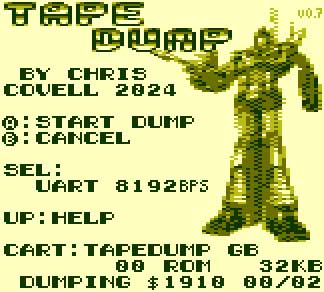 This
is a rudimentary program (but it works!!) that allows you to dump GB cartridges
to computer without anything more than a GB devcart / flashcart (like the Everdrive)
and a regular PC or digital audio player with sound recording function. Or if
you have a TTL 5V UART/Serial dongle, you can dump games using that and a terminal
program.
This
is a rudimentary program (but it works!!) that allows you to dump GB cartridges
to computer without anything more than a GB devcart / flashcart (like the Everdrive)
and a regular PC or digital audio player with sound recording function. Or if
you have a TTL 5V UART/Serial dongle, you can dump games using that and a terminal
program.